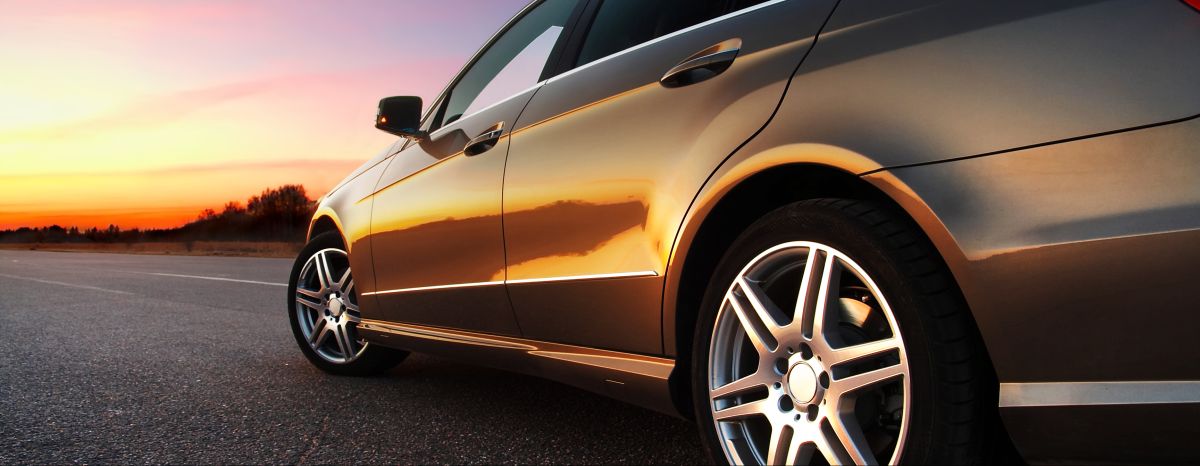Compatibility
Ethers are compatible with current car and fuel distribution chain. Water solubility of ethers is low and thus ethers do not carry phase separation risk or other water related problems. Normal pipelines and procedures can be used for handling of fuel ethers. Ethers have been used for decades as gasoline components.
Compatibility of fuels with elastomers can be evaluated by volume swell in long term immersion tests. Engine manufacturers have different criteria for different materials. Generally swells less than 20% are acceptable. Wallace et al. (2009) has reviewed material compatibility of ETBE. One study referred was conducted by ARCE Chemical Company in 1990 by using 13% MTBE, 13% ETBE, and neat ETBE fuels. ETBE resulted in less swell than premium gasoline for all elastomers studied except for Viton A, which only experienced a small change. 13% MTBE resulted in slightly higher swelling than 13% ETBE. Wallace et al. (2009) refers to DuPont’s data, which includes elastomer compatibility results with MTBE, TAME, ethanol, and ETBE. In general, ETBE showed the lowest seal swell. Higher swelling is observed for ethanol and MTBE. According to Wallace et al. (2009), swelling was not observed in a study by Japan Auto and Oil industries with elastomers studied.
Permeation is a function of ability of fuel to swell elastomers. Permeation, on the other side, induces evaporative emissions. Ethers, for which swelling ability is close to that of gasoline, are not expected to increase evaporative emissions through permeation.
Many ethers tend to form peroxides and stability inhibitor additives are recommended for those ethers.
Wallace et al. (2009) reviewed drivability and emission tests with ETBE. One drivability study reviewed was carried out with ETBE and ethanol containing fuels at 2-4.3 wt-% oxygen contents in early 1990’s by Neste Oil. All fuels had good starting properties. The cold weather drivability performance of multi point injection car (model year 1993) was excellent with all fuels tested. In hot weather driveability tests, demerits generally increased with increasing test temperature. However, the differences between fuels were negligible.


